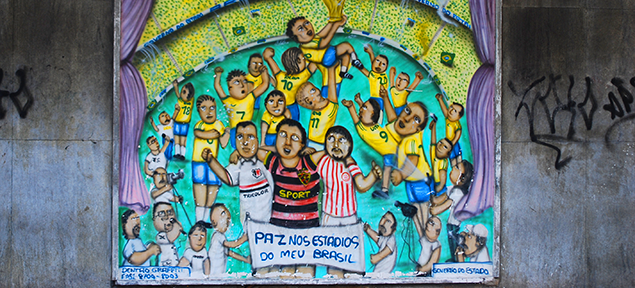BC schools taking brand to Brazil, Vietnam
Representatives from BC schools will be visiting Brazil, Southeast Asia and Japan between now and November in an effort to boost the province’s educational brand abroad and to attract more international students.
The BC Council for International Education (BCCIE) said it is working with provincial and federal officials on the missions, dubbed “Team BC” by organizers. Under the plan, representatives from public schools and post-secondary institutions will visit Brazil in September, Vietnam and Indonesia in October, and Japan in November.
The goal is to both strengthen existing relationships in several countries (called “maintenance markets”) and look for new sources of international students, said Colin Doerr, director of communications and programs at BCCIE.
“We break down the markets somewhat into maintenance markets, which are China, Japan, Korea, because we have been engaged there for some time, and markets like Brazil and Southeast Asia, which are emerging in terms of co-ordinated efforts like these,” Doerr said.
The missions vary in size. The Brazilian trip will include about 20 schools, while the trip to Japan will have representatives from up to 36 institutions. The groups will attend recruitment fairs hosted by Canadian diplomats in the various countries.
The number of international students enrolled in Canadian schools totalled 237,635 in 2013, up significantly from the first decade of the 2000s, when figures hovered around 160,000 to 170,000. However, some markets have moved up and down the rankings; Japanese students, for instance, totalled 9,369 in 2005, placing fourth among the origins list. The figure slipped below 6,000 in 2010 before rebounding to 6,780 in 2013, placing seventh.
Students from India, meanwhile, increased dramatically from 6,285 in 2005 (sixth) to 31,665 in 2013 (second). Other markets that saw jumps during that period include Mainland China (39,502 to 95,160), Saudi Arabia (1,464 to 14,235), and France (6,729 to 13,090); markets such as South Korea (27,224 to 18,295), Hong Kong (5,165 to 3,835) and Taiwan (4,933 to 2,635) saw numbers slide during that same period.
Doerr said interest in Japan is rebounding due to Tokyo’s plan to have students more globalized ahead of the 2020 Olympics. He also noted the effectiveness of the “Team BC” brand is most evident there, as last year’s mission fostered a number of student exchanges with school boards in Richmond and Langley.
“(Schools in Hiroshima) are quite committed to sending more students abroad,” Doerr said. “And Canada is a preferred destination for a lot of Japanese students.”
International education is a priority for both the federal and provincial governments. According to a 2013 report conducted by Roslyn Kunin & Associates, international students in BC spent almost $2.1 billion in 2011-2012, translating to 23,410 jobs.
Doerr also cautioned against focusing too much on the immediate financial benefits of international education, noting the exchanges are about providing the best educational opportunities for both visiting pupils and BC’s students.
“We are supporting mobility for Canadian students to study internationally as well,” he said. “We are committed to finding those opportunities.
“There’s the sentiment in some sectors that international education is kind of a zero-sum game, where if we have an international student here, it means the loss of some opportunity for a local student. But it’s really fundamental … for our students to have a deeper understanding of what it means to be an international student, to engage and speak maybe two or three languages, to live and dwell in another country. All those experiences are increasingly recognized as core competencies to move into the world today.”



